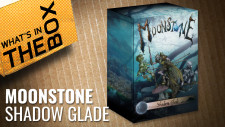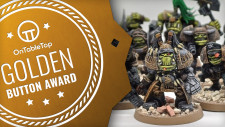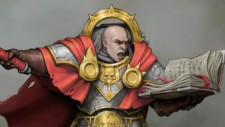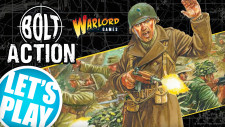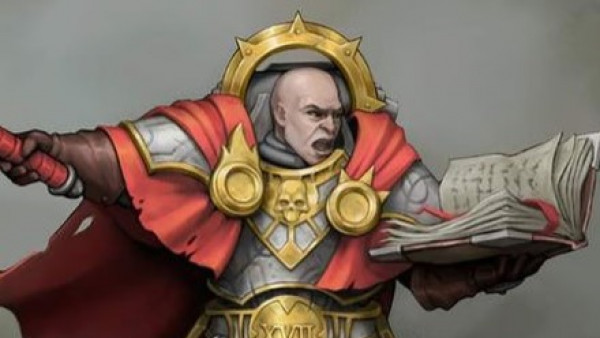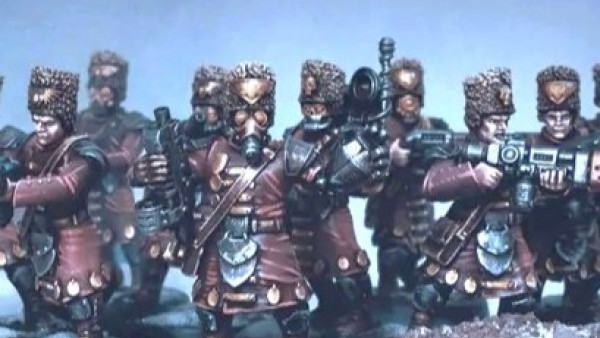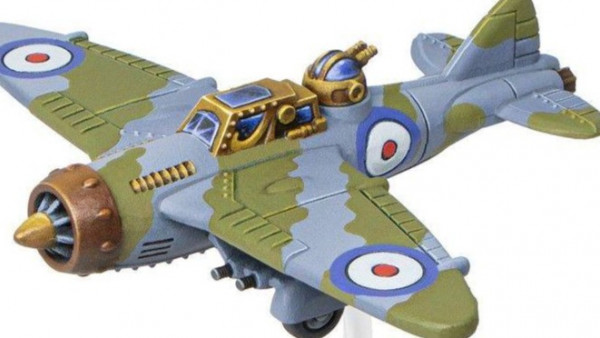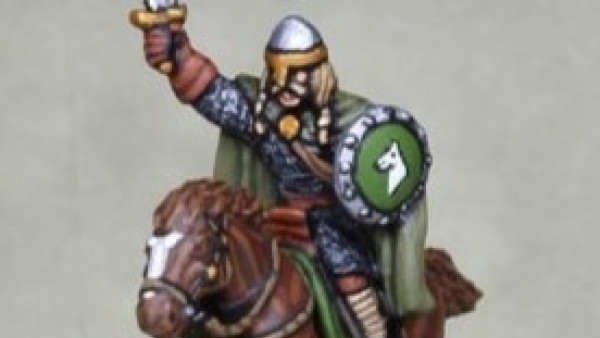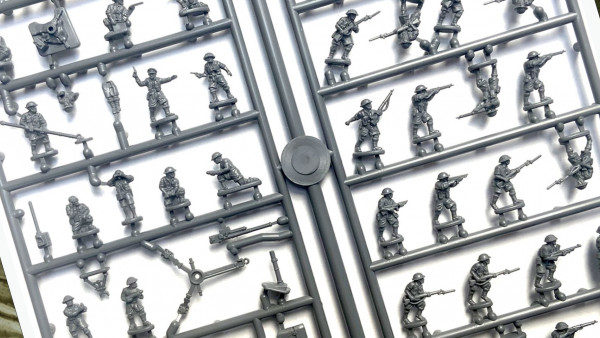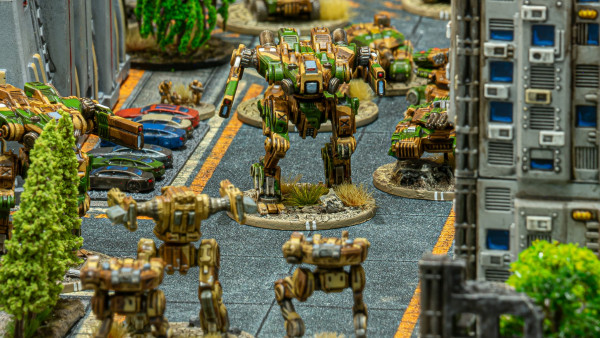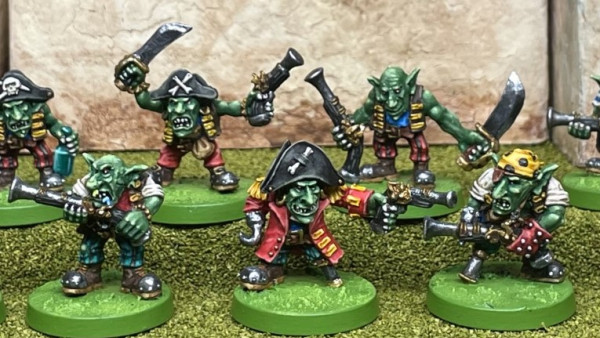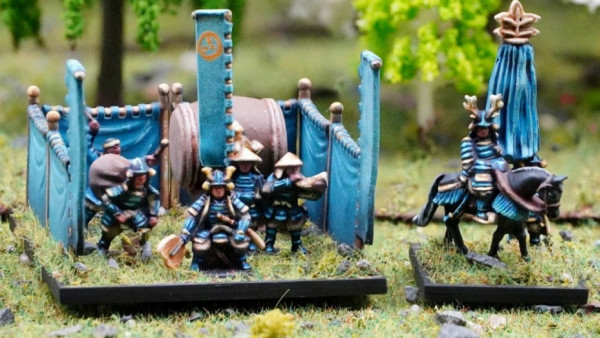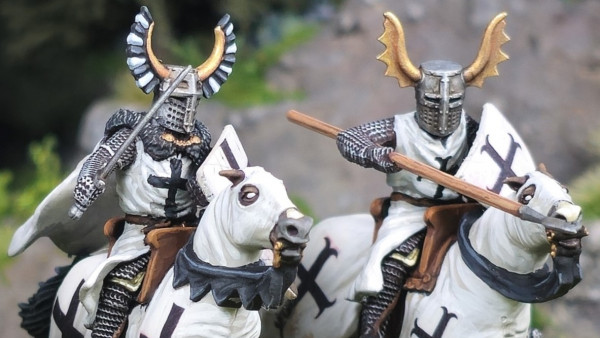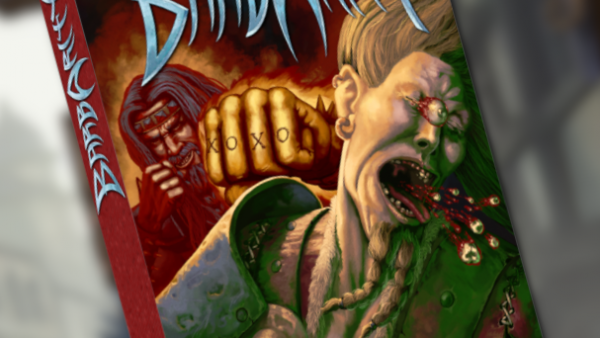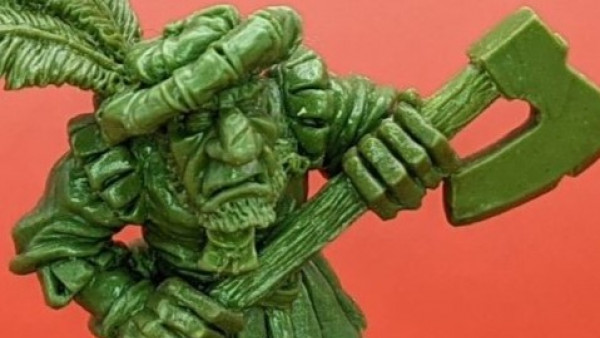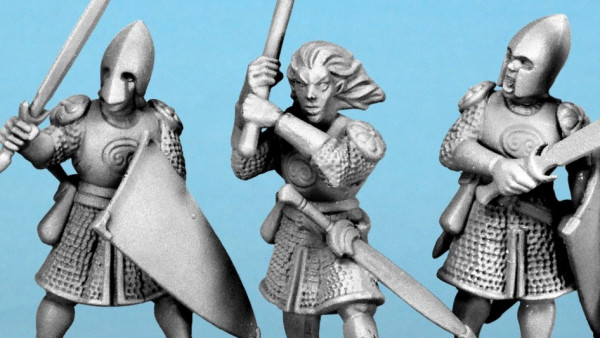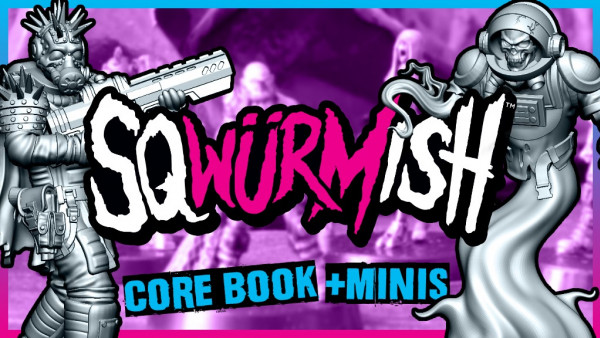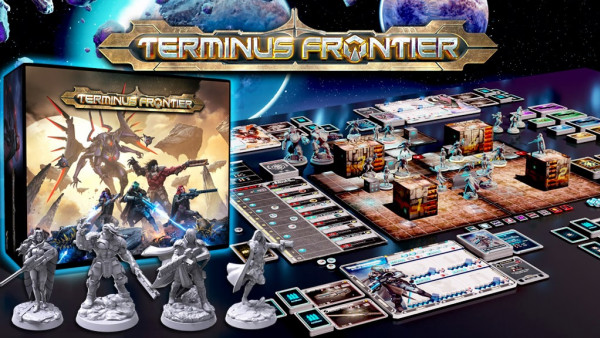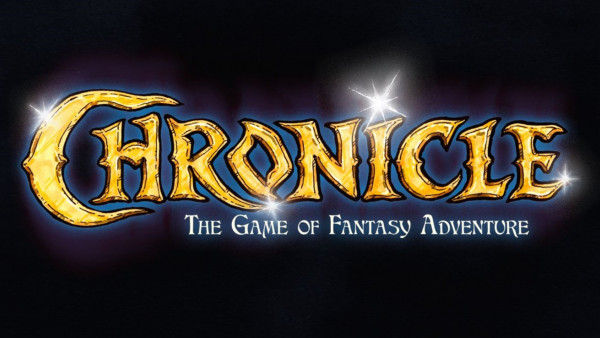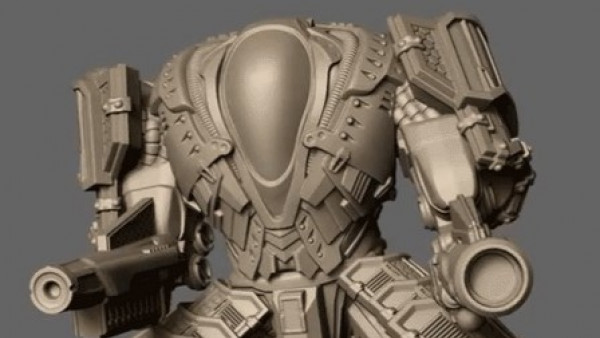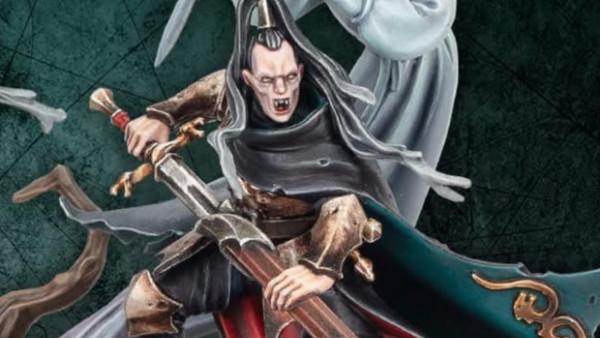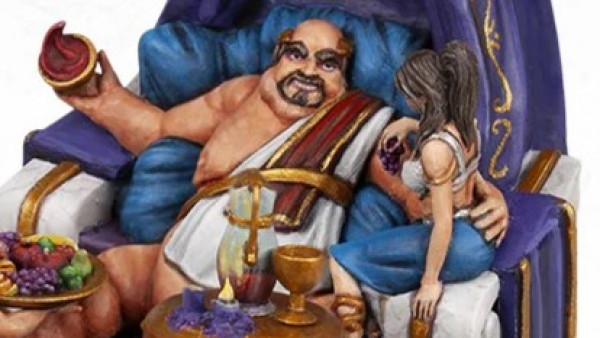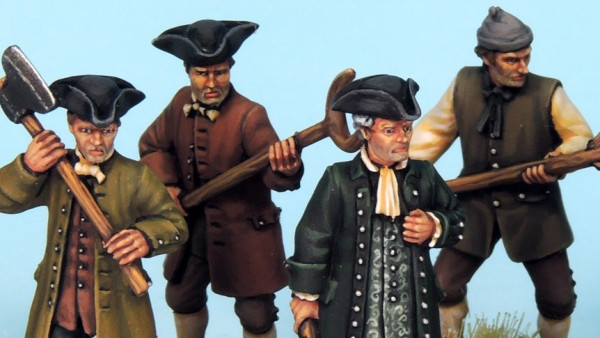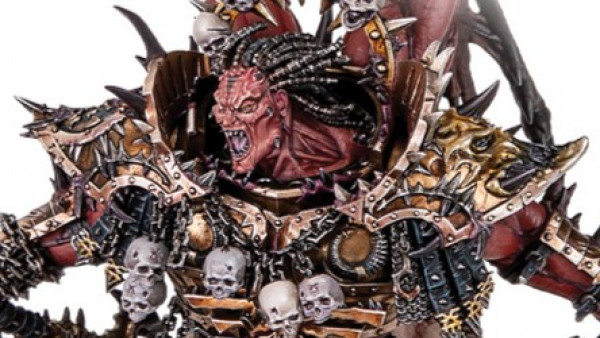Home › Forums › Historical Tabletop Game Discussions › Some good viewing for Napolenonic fans…
This topic contains 10 replies, has 4 voices, and was last updated by phaidknott 5 years, 9 months ago.
-
AuthorPosts
-
April 21, 2019 at 1:02 pm #1380363
Found these on Youtube
Napoleonic Infantry Tactics
Interesting to see how British troops get a bonus for fighting in two ranks (because everyone can fire), and yet this video shows that even in three ranks troops all troops can fire. So that means that the British renown for musketry came from elsewhere in it’s justification (the author of the video does touch on this), perhaps something to do with the fire discipline perhaps?
Cavalry Combat & Tactics during Napoleon
Now the second video was very enlightening, because if this research is right nearly every set of Black Powder era rule books have Cavalry actions wrong. Nearly every game has the Cavalry charging in column for maximum impact?
Also the use of Light Cavalry “fighting as foragers” (or as a loose mass) is also never implemented (other than perhaps rules for Cossacks). This formation is really all about the breakthrough (and not stopping to reform ranks to keep the troops on the move).
Makes me wonder how many rules are inspired by the rules that came before and have introduced a legacy of how we see the periods we play and have introduced some fallacies into our games.
April 21, 2019 at 1:29 pm #1380364Very interesting I’ll have to watch it later.
One reason the British were so efficient with their musketry is that they were the only army in Europe to train with live ammunition. They trained to the point that loading became instinct. The British were also the masters of Platoon Firing, essentially you wouldn’t just fire and reload as a whole but each Battalion would be divided in platoons (usually of half companies) and they would fire one after the other so the enemy was constantly under controlled fire.
So you’re a French Conscript in Spain, you’ve been in a handful of battles so you know what you’re doing but it’s still very scary. You and your Battalion sire a three rank volley and then you start to reload but the entire time you’re reloading small, aimed and controlled volleys fired by the best Musket Armed Soldiers in the world are coming at you, they never stop and people around you are getting hit, now you’re trying to reload this musket that you’ve only ever fired maybe a dozen times in your career which means you’re slow and clumsy with it.
Meanwhile the British can load and fire in relative peace, going through the well practiced drills they’ve done hundreds of times in the past year alone. They only have to take fire maybe twice a minute and chances are they’ll be zoned out focusing on reloading to be too phased.
Infantry tended not to brake from firepower alone, it was when the enemy charged that men normally fled.
The British were also the only purely volunteer army of the period, all the men that were enlisted wanted to be there or it was their only/best chance to find employment. A lot of them were also Veterans of India as opposed to the raw French Conscripts or Russian peasants.
Cavalry rarely ever galloped at full speed when charging, there’s quite a few accounts of Cavalry Charging at a fast walk to maintain their formation.
Sharp Practice Campaigns do Light Cavalry Properly, they can screen or harass the enemy rather than actually fight.
he’s right about the Greatcoats, we have stories from the Crimea of British Troops wearing Greatcoats being resistant to Sabre Cuts.
April 21, 2019 at 11:11 pm #1380525I’m surprised there is so little discussion of squares in both videos. Perhaps my reading of that period of history is too limited to Quatre Bras and Waterloo so I am missing a much bigger picture.
April 21, 2019 at 11:23 pm #1380537I remember reading an account where a Prussian cavalry regiment just sat about 150 yards away from a French infantry Battalion forcing it into a square while Prussian infantry poured fire into it. The infantry couldn’t leave the square or the Cavalry would attack and were ineffective against the infantry
I’m doubtful if British platoon was effective after the first couple of volleys as the effects of battle came into effect. Even Frederick the Great’s Prussian drill on the battlefield didn’t last too long once hostilities began. I think for most games a modifier for first fire would be appropriate
April 22, 2019 at 1:14 am #1380592@robert Square’s are basically just a universal defence against Cavalry (for this period anyway) and they worked by playing on the Psychology of a Horse. Horses won’t charge Bayonets because they aren’t suicidal and they were almost a guarantee against them. The Austrians had a weird Blob Methods where rather than a hollow Square they just formed up extremely close in a sort of solid square, they gave it up after a few years though so I doubt it was as effective.
As @torros says Cavalry would often just have to threaten Infantry to force them into Square where they presented a larger mass to be shot.
Napoleon at War (My Mass Battle Napoleonic Wargame of choice) does Calvary Right. They have a Bubble effect that basically shuts down your control over your troops if enemy Cavalry are nearby. Cavalry have twice the Engagement Zone as other units so they’re great to scare enemy troops into not taking risks. Essentially just being near Cavalry is the same effect on moral/control as being in a firefight with infantry.
From my Project where you can find out more about NaW.
Squares could be broken by Cavalry but it was incredibly hard.
Squares were later used in Colonial Warfare as a way of guarding flanks similar to the Boer/Voortrekker Laager.
April 22, 2019 at 9:08 am #1380643@elessar2590 This is why I am so surprised there is so little discussion on squares in the videos. The only battles I have read about at depth in this era are Waterloo and Quatre Bras and essentially squares or not being in squares was so important in both these battles. Perhaps the books I have read have overestimated the power of squares, which is why I thought these videos didn’t give enough time to explain the square, which was my point. Perhaps the tales of Wellington jumping into British Squares on Copenhagen to escape the French Calvary have wrongly made me assume that squares were much more important than these videos make them out to be.
Basically I have always thought of Napoleonic era tactics as a complicated game of Rock, Paper, Scissors (I believe it was Bernard Cornwell’s non-fictional account of Waterloo that explains it this way and it has stuck with me).
Calvary > Infantry in Line
Infantry in Square > Calvary
Artillery > Infantry in Squareand so on and so forth. While a very simply way to understand warfare at this time, am I completely wrong? Given how much I have read about British Squares and their use at Waterloo and Quartre Bras, should these videos on Infantry and Calvary tactics of this era not have discussed it more?
As a side note, I have also thought about using Game Theory to study battles from this era, to use maths to try and get an insight into a generals mind at the time or turning it into a card game of some sort but I don’t think my grasp of history is strong enough in order to get the math or game right.
April 22, 2019 at 11:02 am #1380695@robert that’s the gist of it.
But actual battles aren’t so simple.
For Example if you need your Infantry to take a hill then enemy Cavalry will defeat you whether by cutting you down in line or forcing you to crawl a long in squares.
Battles are rarely about killing the enemy but more focused on things like punching through a position, taking an objective or moving to a position that threatens the enemy.
Squares do make you more vulnerable to cannon fire but the fact that every single time commanders are under artillery fire and yet still form square means that the Cavalry are the greater danger. At Waterloo we see (I believe twice, both near Le Haye Sainte) Infantry in Line massacred by Heavy Cavalry and both took heavy losses.
Infantry don’t form squares to Face Cavalry that charge them head on, a Line is just as good so long as you can’t be flanked and Cavalry will almost always peel off rather than charge.
In fact we have the heroic 28th at Alexandria (1801) who took a charge from the front while in line and simply ordered their second rank to about face and keep firing although that is a massive exception and the Regiment was rewarded for it, they wore a Badge on both the Front and back of their headwear.
April 22, 2019 at 11:27 am #1380713My original point was I was surprised these videos don’t discuss squares very much, I am not an expert by any means but I assumed that they were a very important infantry tactic at the time. Is this right or do the videos miss an important point by not discussing them enough?
April 22, 2019 at 12:38 pm #1380820@robert you’re right Forming Squares was a very important thing to be able to do.
May 10, 2019 at 11:32 am #1388699Really enjoyed this. Can’t vouch for it’s historical accuracy but interesting for someone with a passing interest such as myself.
May 10, 2019 at 4:40 pm #1388964Ah Aspern-Essen what a meat grinder (and some large massed heavy cav charges you don’t see very often in later battles). Interesting as this was when the Austrians started with their new drills (for shoddy conscripts) that lead to “perhaps” their downfall from grace in the Napoleonic era (in the Seven Year Wars, the Austrians are SERIOUSLY hard).
I keep supressing the urge to do something in 6mm with a fig ratio of 1:10 (meaning most French units would be 60 figures, but Austrian Line would be well over 100)……perhaps in greatcoats 😀
But it would seriously give the table a feeling of mass troops. I’ve seen it done many years ago using Heroics and Ros ACW figures at 1:10 and nothing looks as good as it when you see it on the table (and really shows off the advantage of using 6mm). I’ve done 100 Ancients in 6mm in the time it takes to do perhaps 6 25mm figures (it’s the basing that takes up a lot of extra time).
-
AuthorPosts
You must be logged in to reply to this topic.

































